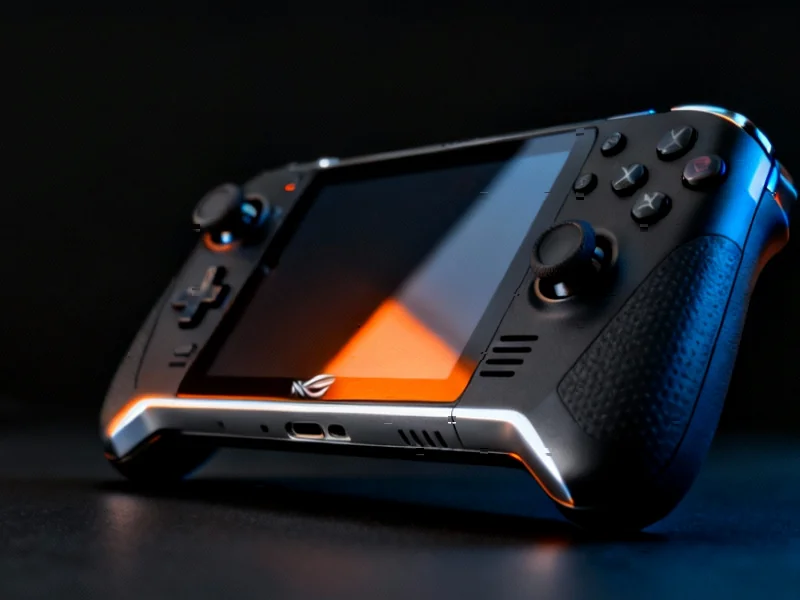Microsoft Shifts Pricing Responsibility to Asus
Microsoft has distanced itself from criticism surrounding the ROG Xbox Ally’s premium pricing, with Xbox president Sarah Bond stating that Asus determines the cost structure for the newly announced handheld device. According to reports from Variety, Bond described the pricing as entirely Asus’s decision during a recent interview, emphasizing that “their hardware” reflects Asus’s own market research into consumer preferences.
Table of Contents
Premium Pricing Draws Market Criticism
The ROG Xbox Ally enters the market with a base model starting at $600, while the higher-end Xbox Ally X reaches $1,000—positioning it significantly above Microsoft’s console offerings. Sources indicate this represents a 50% premium over the Xbox Series S and approximately $400 more than the Series X, despite being marketed toward casual gamers. The report states this pricing strategy has generated substantial pushback from consumers expecting more accessible pricing.
Competitive Landscape in Handheld Gaming
Analysts suggest the ROG Xbox Ally enters a increasingly competitive handheld gaming PC market where pricing remains a sensitive issue. Competing devices like Lenovo’s Legion Go series occupy similar price brackets, with the Legion Go S starting at $650 and premium models reaching approximately $1,100. Meanwhile, the $400 Steam Deck continues to represent a popular, more affordable alternative, particularly heading into the holiday season, according to market observations.
Market Positioning Challenges
Despite the partnership between Microsoft and Asus, industry analysts suggest Microsoft may face brand perception challenges if consumers directly compare the ROG Xbox Ally’s pricing against both Microsoft’s own consoles and more affordable handheld alternatives. The report states that Asus is working to expand its gaming presence through this collaboration, but the premium pricing strategy reportedly risks alienating price-sensitive segments of the casual gaming market both companies are targeting.
Industry Response and Consumer Reaction
Early consumer feedback suggests significant skepticism about the value proposition of premium-priced handheld gaming PCs. According to analysis of market reactions, buyers appear increasingly resistant to devices that cost substantially more than traditional consoles while offering similar gaming experiences. This pricing dynamic, analysts suggest, could influence how both Microsoft and hardware partners approach future gaming device collaborations and market positioning strategies.
Related Articles You May Find Interesting
- UV-C LED Water Treatment Reaches Major Milestone with Dual US-EPA and NSF Certif
- Battery Recycler Redwood Materials Secures $350M to Expand Energy Storage for AI
- Samsung Galaxy S21 FE Receives Final Major One UI Software Upgrade
- Samsung’s Galaxy XR Challenges Apple’s Vision Pro with Aggressive Pricing and AI
- Beyond Pixel Limits: How Metapixel Technology is Redefining Visual Realism in Mi
References
- https://variety.com/…/
- http://en.wikipedia.org/wiki/Xbox_(console)
- http://en.wikipedia.org/wiki/Asus
- http://en.wikipedia.org/wiki/Microsoft
- http://en.wikipedia.org/wiki/Video_game_console
- http://en.wikipedia.org/wiki/Steam_Deck
This article aggregates information from publicly available sources. All trademarks and copyrights belong to their respective owners.
Note: Featured image is for illustrative purposes only and does not represent any specific product, service, or entity mentioned in this article.



